新茶
Shincha, also known as "new tea" or "first flush tea," holds a significant place in Japanese tea culture. It refers to the very first harvest of young tea leaves in the spring season. This highly anticipated and celebrated tea offers a unique and distinct flavor profile, making it a sought-after delicacy among tea connoisseurs that we eagerly await every year. Several key points associated with shincha encompass its significance, cultivation, production, flavors, and cultural importance. Though in our modern times it's possible to keep tea fresh for up to a year or more, Shincha is an experience not to be missed within the fresh Spring season.
Cultivation:
Shincha is made from the first tender leaves of the tea plant, Camellia sinensis. The cultivation of shincha involves careful nurturing of tea plants throughout the winter season, allowing them to gather nutrients and store energy for the spring growth. The tea plants are carefully pruned to encourage new shoots, which are plucked by hand during the early spring harvest. This meticulous cultivation process contributes to the exceptional quality and flavor of shincha.

Harvesting in the field
Production:
After harvesting, the leaves undergo minimal processing to preserve their delicate qualities. The leaves are steamed to halt oxidation, preserving their vibrant green color and enhancing their fresh aroma. Following steaming, the leaves are gently rolled and dried to remove excess moisture. This minimal processing helps retain the tea's natural flavors and nutrients, resulting in a distinct taste that sets shincha apart from other teas.
 A cup of freshly brewed shincha
A cup of freshly brewed shincha
Cultural Importance:
Shincha holds a special place in Japanese tea culture, signifying the arrival of spring and the renewal of life. It is eagerly awaited by tea lovers who appreciate its limited availability and the transient nature of its flavors. The tradition of celebrating shincha goes beyond the enjoyment of its taste; it embodies the appreciation of nature's cycles and the fleeting beauty of seasonal treasures.
Availability and Appreciation:
Shincha is typically available for a short period, usually from April to early June. Due to its limited production, it is highly valued and sought after both domestically and internationally. Tea enthusiasts eagerly await the release of shincha each year, often pre-ordering to secure their supply.

Mizuba Team member smells the fresh harvest that just arrived from the field
What can I expect Shincha to taste like?
Flavors and Aromas:
Shincha offers a unique and captivating taste that delights the senses. When brewed, it produces a vibrant green or yellow liquor with an enticing aroma reminiscent of fresh grass and steamed vegetables. The taste of shincha is often described as invigorating and complex, showcasing a delicate balance of sweetness and astringency. It is known for its pronounced umami flavor, which imparts a savory and brothy quality to the tea. Additionally, shincha may exhibit floral notes, such as hints of jasmine or cherry blossoms, adding further depth to its taste. As the tea lingers on the palate, a pleasant, lingering sweetness emerges, leaving a refreshing and satisfying aftertaste. All these flavor experiences can be attributed to a very special fact: the invigorating aroma of Shincha occurs because the tea contains a type of natural leaf alcohol, formula: C6H12O, which is only found in Japanese tea.
 Drinking fresh shincha in the field where it was grown
Drinking fresh shincha in the field where it was grown
The flavor profile of shincha can vary depending on factors such as the tea cultivar, region of cultivation, and specific harvest conditions. For example, teas from the Uji region are known for their rich umami and vegetal flavors, while teas from Shizuoka may showcase more floral and citrusy notes. Each cup of shincha offers a journey of flavors, providing tea enthusiasts with an opportunity to explore the nuances and subtleties of this exceptional tea.
How to brew Shincha
When enjoying shincha, it is often recommended to brew it with care and precision to bring out its full range of flavors. Most choose to brew it along regular sencha guidelines, but you may also choose to use cooler water temperatures, typically around 60 to 70 degrees Celsius (140 to 160 degrees Fahrenheit) and shorter infusion times allow the tea's delicate characteristics to shine. Or, you can brew a little hotter temperature to bring out a heightened bright taste and very refreshing aroma of Shincha. This careful brewing technique preserves the tea's fresh and vibrant qualities, resulting in a truly captivating drinking experience.

Sought-after shincha
In summary, shincha delights the palate with its invigorating taste and complex flavor profile. With its balanced sweetness, pleasant astringency, and prominent umami notes, shincha offers a unique sensory experience. The tea's fresh grassy aroma and floral undertones further enhance its allure. By savoring a cup of shincha, tea drinkers can embark on a journey of flavors, discovering the nuances and subtleties that make this tea a cherished treasure in Japanese tea culture.
Shincha's limited availability and cultural importance make it a highly sought-after tea among connoisseurs, showcasing the deep appreciation for the fleeting treasures of nature in Japanese tea culture.


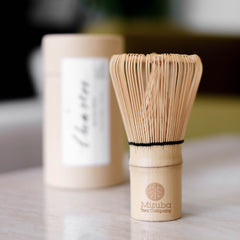

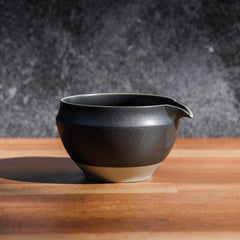
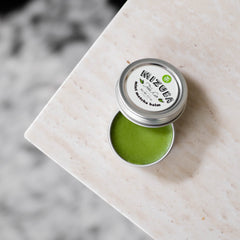
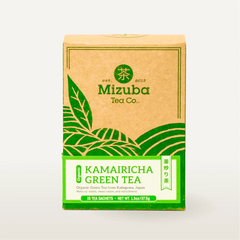
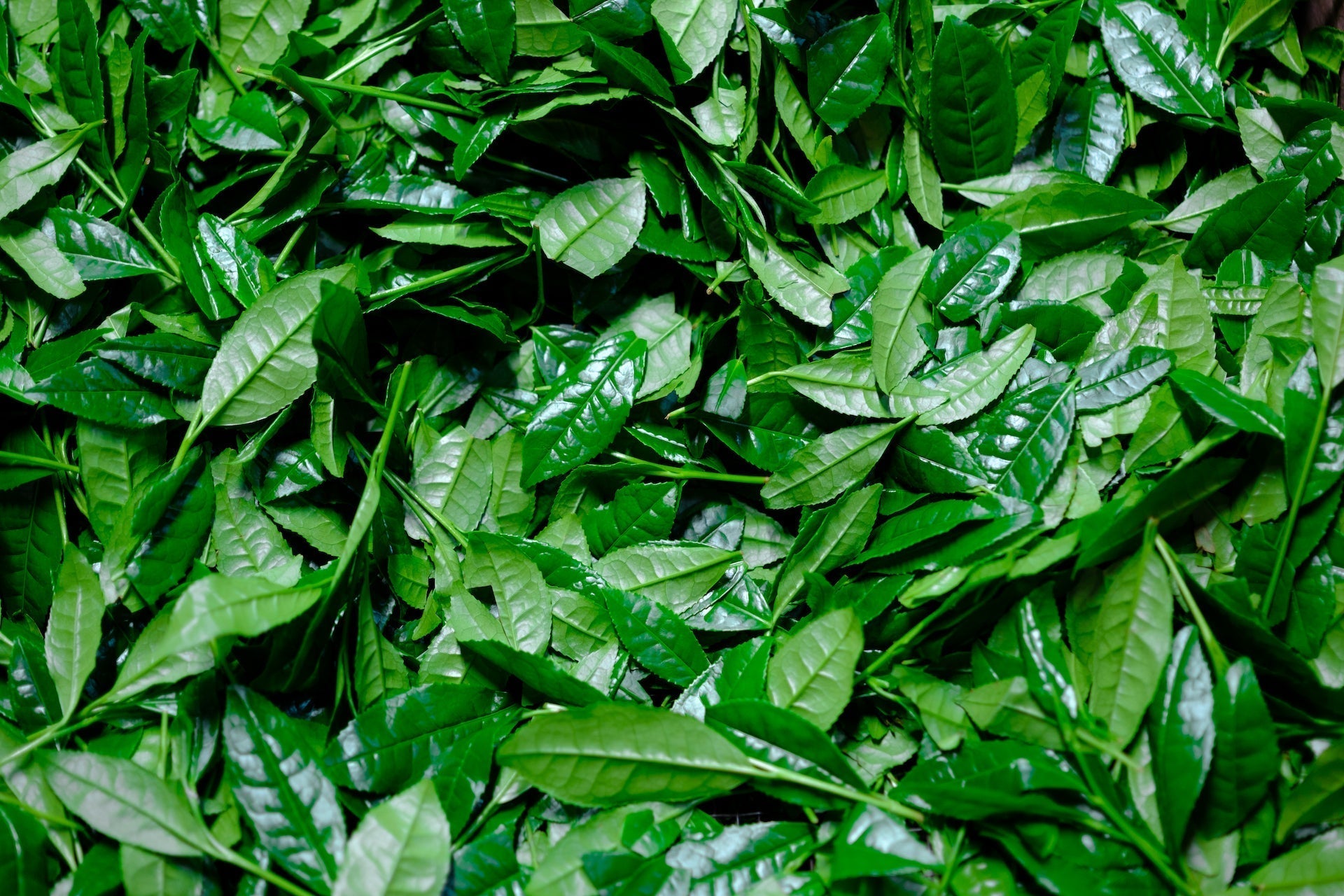
Leave a comment